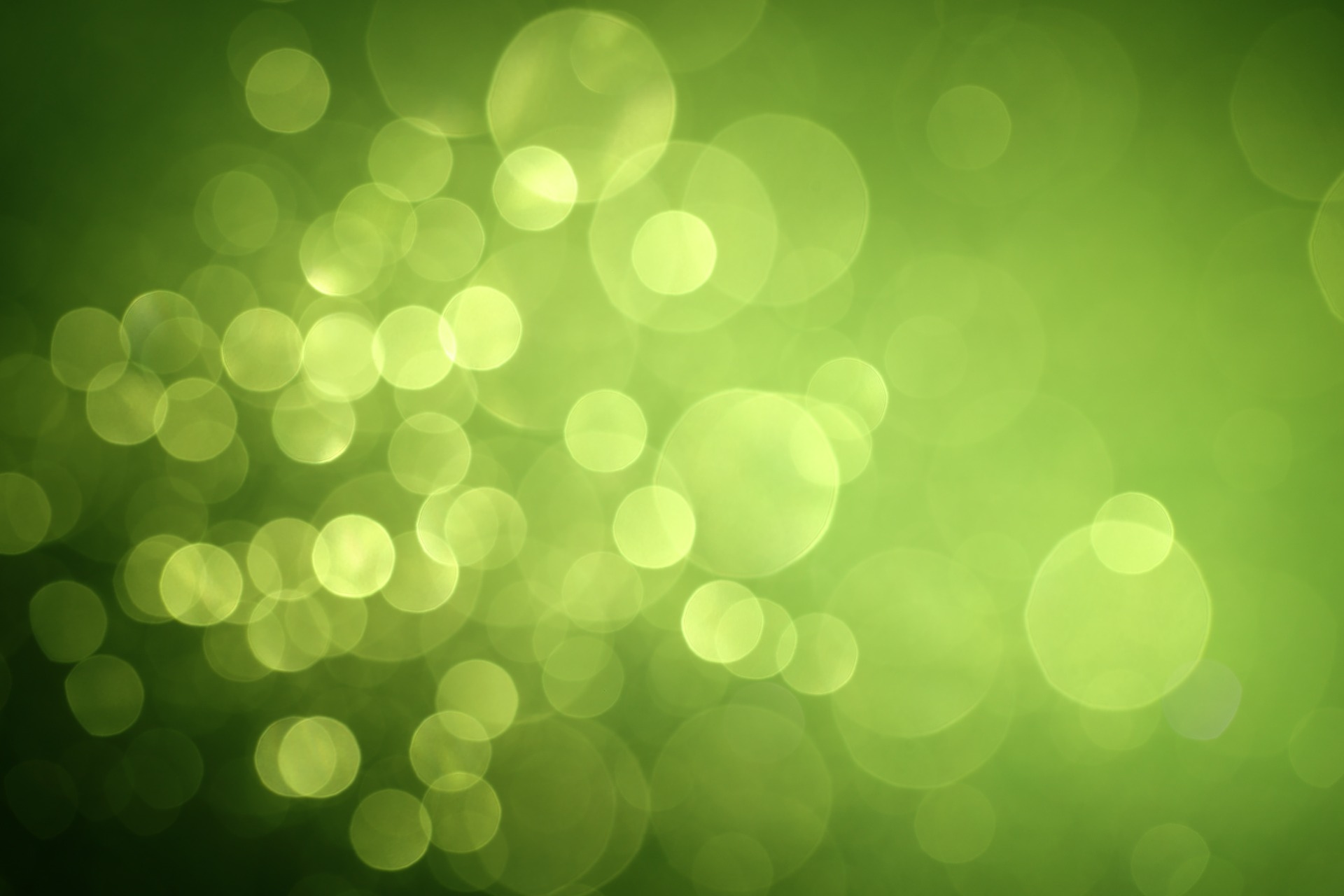INSTRUCTIONS
Here are a few tips for keeping Nepenthes. Since these plants mostly come from tropical areas, keeping them can be difficult. It is also important to note that not all Nepenthes have the same requirements. Depending on the origin of the altitude, a distinction is made between lowland, intermediate and highland Nepenthes. As a rule of thumb: The higher the plant's place of origin, the higher the requirements for lowering the temperature at night. While lowland Nepenthes usually do not need lowering at all, the most demanding highlanders can only be kept with air conditioning.
- Lowland (0 ~ 1000m):
- Intermediate (1000m ~ 1500m):
- Highland (~ 1500m +):
20° - 30° Celsius at daytime, no nighttime drop needed
27° - 15° Celsius at daytime, 6° - 7° Celsius nighttime drop
24° - 10° Celsius at daytime, 8° Celsius or more nighttime drop
Hybrids (crosses of different species) usually grow well under intermediate conditions and are often more tolerant and more vigorous than pure species. Keep in mind that these informations are generalized and individual plants may vary from the requirements.

Watering

Irrigation may only be done with lime-free water. Rainwater, distilled water (e.g. from the hardware store, if you don't have particularly soft tap water in your household) or osmosis water from a reverse osmosis system are suitable. The substrate and the plant should be kept moist but not wet. Spraying the leaves with water doesn't hurt, but it's not necessary either, since most Nepenthes need a high level of humidity in their environment for ideal growth. Since the pitchers will no longer contain any digestive fluid after transport, existing pitchers can also be filled with the water mentioned above. The plant won't be able to digest anything with this, but it will additionally moisten the plant.
Nepenthes love it moist, but not wet. Either water the plant so that excess water runs off, or ensure good drainage if the pot is to be constantly in water (e.g. in a bowl). If you operate a terrarium, it is worth installing a sprinkler system.
Substrate
The usual carnivore mix of peat, perlite and quartz sand is suitable as a substrate for most Nepenthes. However, since it is particularly important to ensure good aeration of the substrate, it is recommended to mix living sphagnum moss with perlite and use it as a substrate. Since the moss stores moisture like a sponge, it also ensures higher humidity around the plant and serves as an indicator for watering: when the moss begins to dry out at the top, you should water the pot. In any case, good drainage at the bottom of the pot made of perlite or coconut chips is recommended.
There have also been successful uses of a 50/50 mix of Akadama and pumice.
It is very important to ensure that the substrate is moist and airy at the same time. Otherwise, root rot can occur, which in more advanced stages leads to the death of the plant.

Light

Especially with artificial lighting, a lighting duration of 12-14 hours a day is recommended. If you're growing a Nepenthes on the windowsill, make sure it's near a window that gets plenty of light during the day. At the same time, most Nepenthes do not tolerate a lot of direct sunlight, as it burns the leaves. Therefore, the plant should get indirect light in particular or stand in partial shade for most of the day.
With a window sill cultivation, it may be necessary to provide additional artificial lighting for the plant in winter. If kept in terrariums, artificial lighting will be necessary anyway. Be careful not to install too strong a light. LED light bulbs with about 18 watts at a height of 40 centimeters above the plants, for example, are completely sufficient. The plant should get about 5000 to 10000 lux (may vary for some individual plants). Be careful with this and don't buy overpriced lighting systems.
